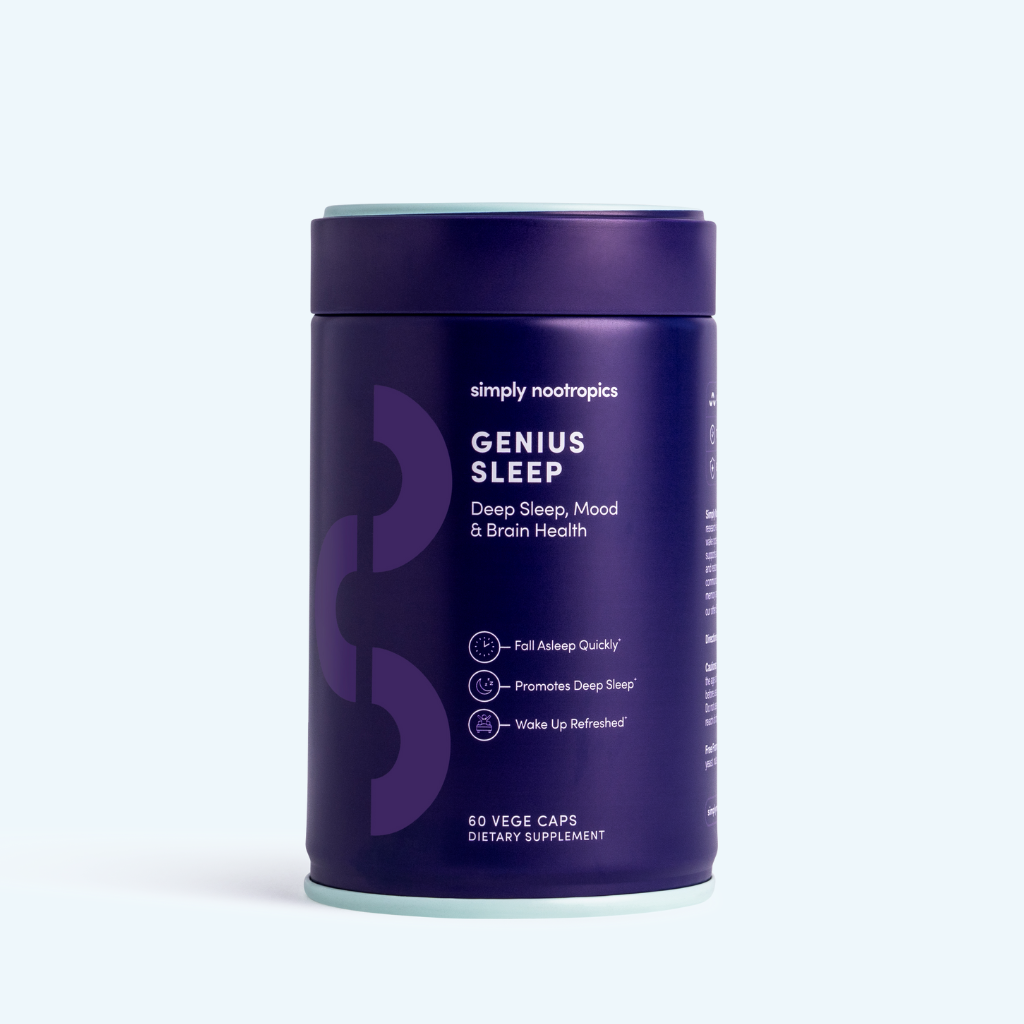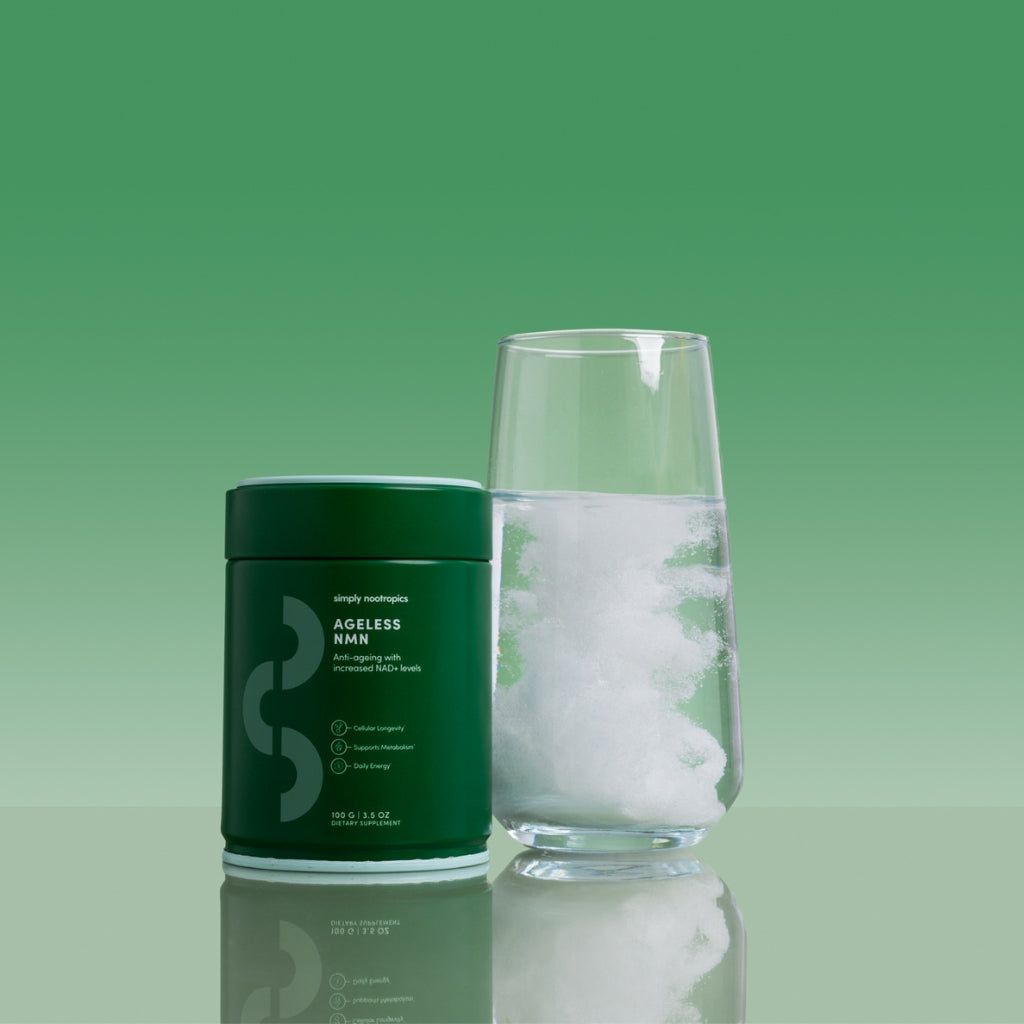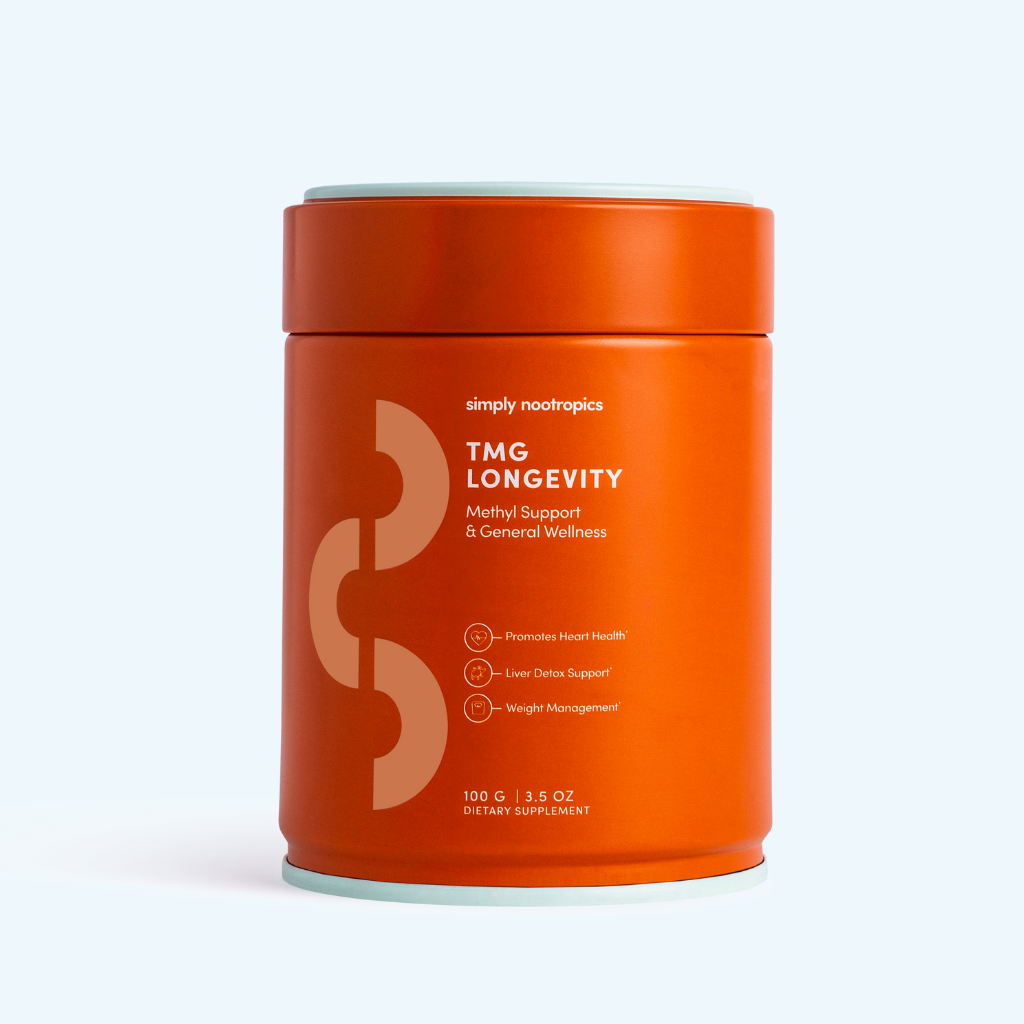Reflexes are one of those things you only notice once they start to fade, like when you reach to catch a falling mug, but your fingers close on air, or you brake just a fraction slower than you used to.
Reaction time - the tiny gap between stimulus and response - is more than a measure of coordination. It reflects how efficiently your brain, nerves, and muscles communicate. As that conversation slows, it can hint at what’s happening deep inside your cells.
Slower reflexes aren’t just a matter of “getting older.” They’re a window into how your nervous system, energy metabolism, and attention control are ageing together, and how supporting cellular energy with Ageless NMN can help keep them in sync.
Why Reflexes Slow Down
The average person’s reaction time increases by about 2–6 milliseconds every year after their twenties. That might not sound like much, but over decades it adds up to hundreds of milliseconds, enough to affect driving safety, balance, and fine motor control.
Several systems contribute:
-
Neural transmission.
Signals move along neurons as tiny electrical impulses. With age, the protective myelin sheath that insulates these neurons thins, slowing conduction speed. -
Muscle fibre recruitment.
Type II (fast-twitch) fibres, the ones responsible for quick bursts of motion, decline faster than slow-twitch fibres. Less recruitment means slower muscle response. -
Cognitive processing.
The brain’s decision-making networks (mainly in the prefrontal cortex and motor cortex) lose some efficiency with oxidative stress and reduced blood flow. -
Energy production.
Every signal and contraction relies on ATP, the body’s energy currency, produced in the mitochondria. Mitochondrial output drops with age, leaving less energy for rapid communication between brain and muscle.
In short, your reflexes depend on everything from your synapses to your sleep.
Brain Speed and Cellular Energy
Much of that decline begins with energy metabolism. The brain alone consumes about 20 percent of the body’s total energy at rest. When energy production falters, so does mental sharpness and motor precision.
A key player here is NAD⁺ (nicotinamide adenine dinucleotide), a coenzyme that drives mitochondrial energy creation. NAD⁺ fuels hundreds of reactions that keep cells alive, from DNA repair to neurotransmitter synthesis. Levels naturally fall with age and are depleted faster by stress, poor sleep, alcohol, and processed food.
When NAD⁺ drops, neurons struggle to transmit signals at their usual speed. It’s one reason researchers see slower reaction times as a functional marker of biological age.
But energy isn’t the only factor. Inflammation, blood-sugar swings, dehydration, and even posture can all interfere with the delicate timing of nerve firing and muscle activation.
Training Reflexes at Any Age
While some decline is natural, reflex speed remains highly trainable. Neural plasticity, the brain’s ability to form new connections, doesn’t vanish with age; it just needs consistent stimulation.
1. Move in Patterns, Not Repetition
Complex, unpredictable movements keep your brain alert. Activities like table tennis, boxing drills, pickleball, or dance sequences require the brain to anticipate and adapt in real time. Unlike linear workouts, they strengthen both the sensory and motor sides of coordination.
2. Challenge Visual Processing
Reflexes start with the eyes. Try focusing exercises such as following a moving ball with your gaze, practising peripheral-vision drills, or using light-reaction boards and simple apps that flash random targets. Even juggling trains your eyes to track motion and predict trajectories, skills that translate directly into faster responses.
3. Strengthen Core and Balance
Reflexes rely on stability. Exercises like single-leg stands, balance-board work, and slow yoga flows enhance proprioception, your body’s ability to sense position, so you can react smoothly instead of clumsily.
4. Play, Don’t Just Exercise
Gamified movement increases motivation and dopamine, the neurotransmitter that fine-tunes timing. Casual sports or VR games that require quick movements are surprisingly effective at maintaining neural speed.
5. Protect Sleep Like Training
Reaction time is one of the first things to worsen after a single night of poor sleep. Deep sleep stages are when the brain clears metabolic waste and consolidates motor learning. Seven to nine hours of consistent rest isn’t a luxury, it’s neurological maintenance.
Fuel for Faster Reflexes
Just as a race car needs high-grade fuel, your neurons perform best on steady, clean energy. Nutrition directly affects both reaction time and attention.
-
Hydration: Even mild dehydration slows neural transmission and impairs focus. Aim for roughly 30–35 ml of water per kg of body weight daily.
-
Protein and amino acids: Tyrosine and tryptophan support neurotransmitter synthesis for alertness and mood stability.
-
Magnesium: Regulates nerve impulses and prevents muscle cramping. Found in leafy greens, pumpkin seeds, and dark chocolate.
-
Omega-3 fatty acids: DHA, abundant in fatty fish, supports myelin integrity and fluid communication between neurons.
-
Antioxidants: Berries, green tea, and colourful vegetables neutralise free radicals that damage nerve cells.
-
Caffeine in moderation: A small dose sharpens reaction time by increasing neural firing, but chronic overuse raises cortisol and depletes magnesium.
Think of diet as the background code running your reflex software: invisible, but essential.
Testing Your Own Reaction Time
You don’t need lab equipment to gauge your neural speed.
-
Online reaction-time tests or reflex-training apps offer a quick benchmark.
-
Dropping a ruler between your fingers and measuring the catch distance is a classic at-home version.
-
Track results weekly; small improvements mean your nervous system is adapting.
If you notice a steady decline despite good rest and nutrition, it could signal deeper issues like chronic inflammation, medication side effects, or nutrient deficiencies worth discussing with a clinician.
Long-Term Brain–Body Maintenance
Reflexes, balance, and coordination are powerful predictors of longevity because they integrate so many systems at once. The habits that protect them are the same ones that protect overall health: consistent movement, nutrient-dense food, emotional regulation, and deep recovery.
Every time you train a quick reaction, like catching a ball, dodging a cyclist, or typing faster, you’re reinforcing neural efficiency. Those milliseconds are small, but they represent the resilience of your entire body’s communication network.
Ageless NMN, a bioavailable form of nicotinamide mononucleotide, was developed to sustain that foundation of cellular energy. By replenishing NAD⁺, it helps maintain mitochondrial performance and neuronal vitality, the same systems that power focus, coordination, and reflex speed. Ageless NMN is not about reversing time, but about keeping your inner circuitry responsive, so you can stay quick, steady, and fully present in every split second that matters.

















